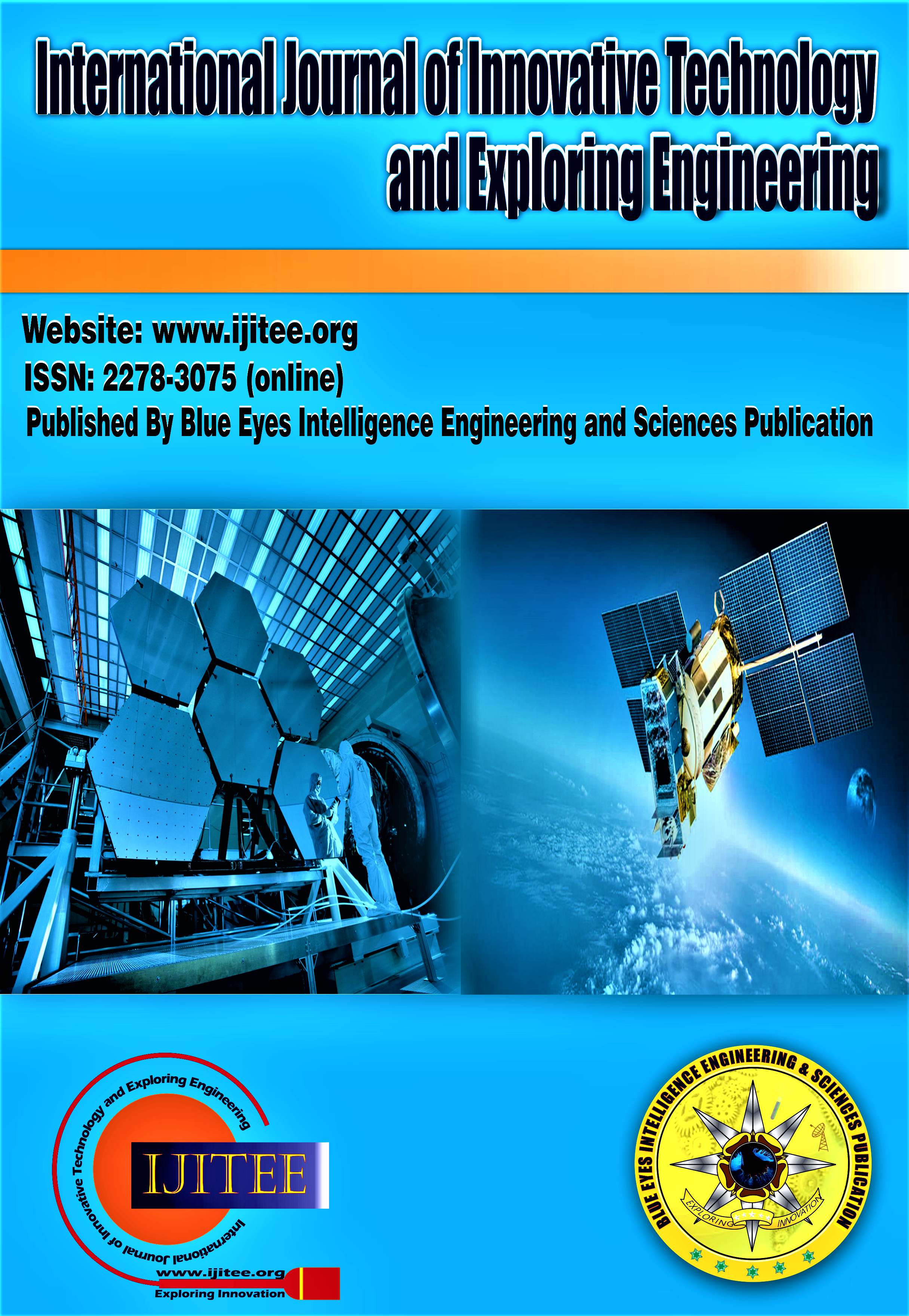Development of an Embedded System for Monitoring of Voltage and Current Harmonics
Main Article Content
Abstract
Power quality has gained significant importance in the power industry over the past two decades. The increasing use of power electronic converters and various dynamic and nonlinear loads has adversely affected the quality of power, resulting in harmonic pollution. This pollution results in increased plant downtimes, reduced system efficiency, and elevated power losses. Harmonics refer to the frequency components of an electrical signal that are integer multiples of the fundamental frequency. In power systems, harmonic analysis is crucial for assessing the impact of harmonic-producing loads, and it plays a vital role in system planning, equipment design, and troubleshooting. Harmonics can cause detrimental effects such as conductor overheating, accelerated ageing of electrical insulation, and overall reduction in power efficiency. Among several techniques available for harmonic analysis, the Fast Fourier Transform (FFT) is the most used due to its computational efficiency. FFT is an algorithm that computes the Discrete Fourier Transform (DFT), which converts a finite set of discrete-time samples into their corresponding frequency-domain representation. This paper focuses on the voltage and current harmonics monitoring using a low-cost embedded processor. The proposed low-cost solution enables industries and utilities to implement harmonic monitoring systems cost-effectively, facilitating timely corrective actions to maintain power quality and system reliability.
Downloads
Article Details
Section

This work is licensed under a Creative Commons Attribution-NonCommercial-NoDerivatives 4.0 International License.
How to Cite
References
Jaipreet Kaur Batti and Deepak Asati, “Harmonic detection using microcontroller,” International Journal of Computer Technology and Electronics Engineering, Volume 2, Issue 3, pp. 106–109, June 2012. https://ijcte.org/
Avinash A, Shima Sudhan P and Santhi Kumar K, ”Harmonic analysis of AC power supply using microcontroller”, IOSR jouornal of Electronics and Communication Engineering, NCDMC-2017, pp. 06-08, 2017. https://www.iosrjournals.org/iosr-jece/papers/Conf.17013-2017/Volume-1/2.%2006-08.pdf
Jeena Joy, Amalraj P.M, Aswin Raghunagth, Nidheesh M.N and Vinu Joseph, “Harmonic Analysis of 230 V AC power supply using LPC2138 microcontroller”, Transactions on Engineering and Sciences, Volume 2, Issue 8, August 2014.
https://studyres.com/doc/13386633/harmonic-analysis-of-230-v-ac-power-supply
Dipti Yeolekar, H. H. Kulkarni and Dr. D. G. Bharadwaj, “Combined Zigbee & GSM approach for AMR in harmonic monitoring and assessment on smartphone”, 2015 IEEE International conference on Electrical, Computer and Communication Technologies, pp. 1-7. Combined Zigbee & GSM approach for AMR in harmonic monitoring and assessment on smartphone | IEEE Conference Publication | IEEE Xplore
IS 2026 (Part I) : 2011, Power Transformers. https://archive.org/details/gov.in.is.2026.1.2011
IEEE Std 519TM -2014, “IEEE recommended Practice and Requirements for Harmonic Control in Electric Power Systems 519-2022 - IEEE Standard for Harmonic Control in Electric Power Systems | IEEE Standard | IEEE Xplore
Priya, N. A. (2021). Utilization of Arduino Control in Mitigating the Hybrid Harmonics of DC/AC Inverter. Indian Journal of VLSI Design, 1(2), 5–8. DOI: https://doi.org/10.54105/ijvlsid.b1202.091221
Karpagam, Dr. R., Lydia, J., Vimalraj, Dr. S. L. S., S, Suganthi, & Shanthi, K. (2019). Synchronized Control of Voltage and Current Harmonics in Distributed Generation System using Fuzzy Controller. International Journal of Innovative Technology and Exploring Engineering, 8(12), 1179–1182. DOI: https://doi.org/10.35940/ijitee.l3895.1081219
Buswig, Yonis. M., Albalawi, H., Julai, N. bin, Othman, A.-K. bin H., Affam, A., & Qay, O. (2019). Development and Modelling of Three-Phase Inverter for Harmonic Improvement using Sinusoidal Pulse Width Modulation (SPWM) Control Technique. International Journal of Recent Technology and Engineering (IJRTE), 8(4), 1897–1902. DOI: https://doi.org/10.35940/ijrte.c4624.118419





